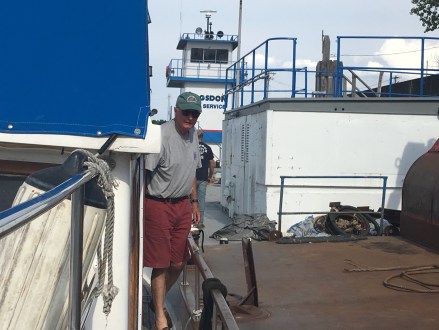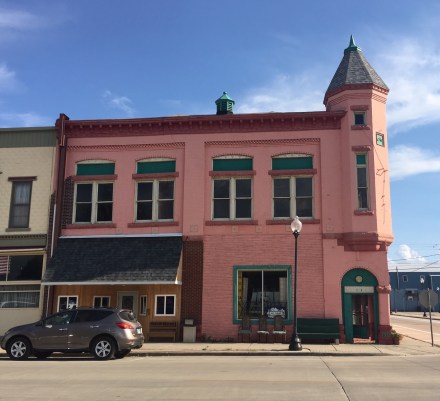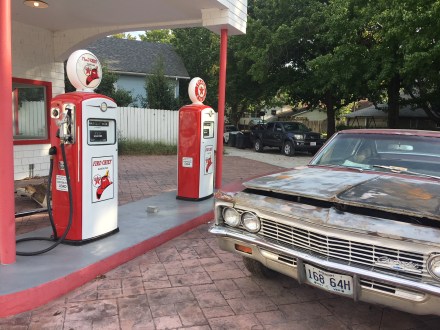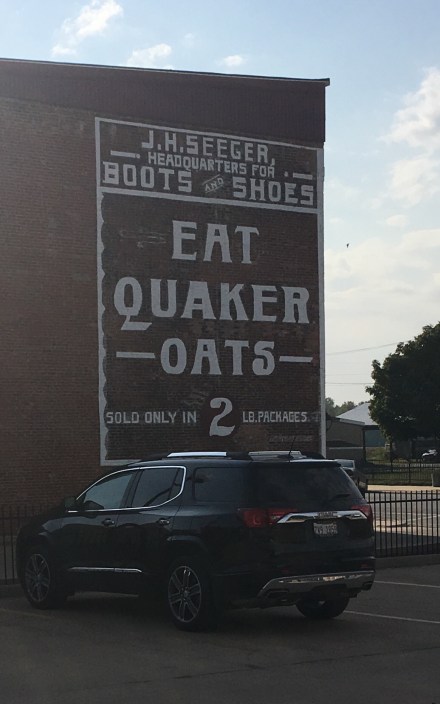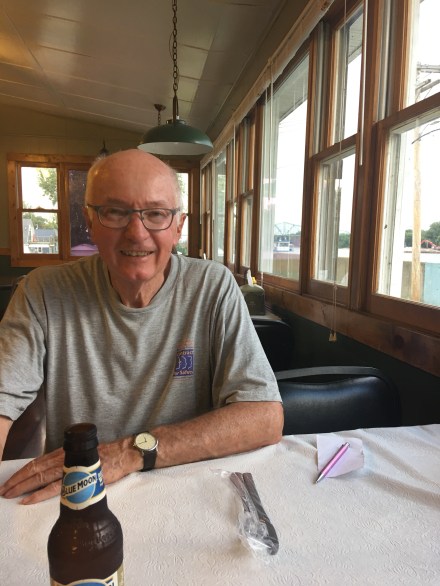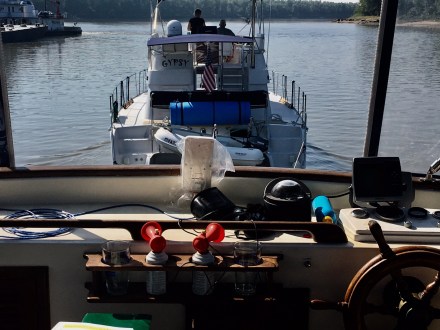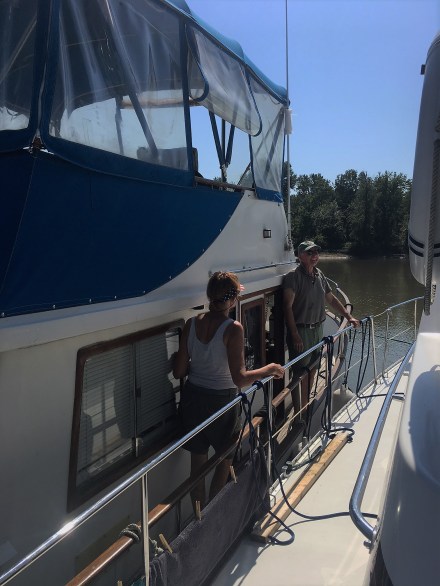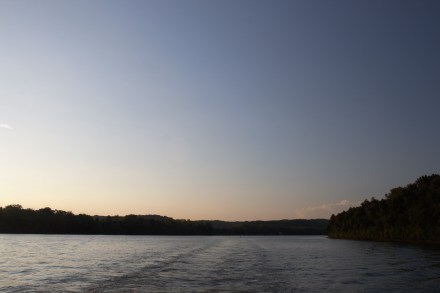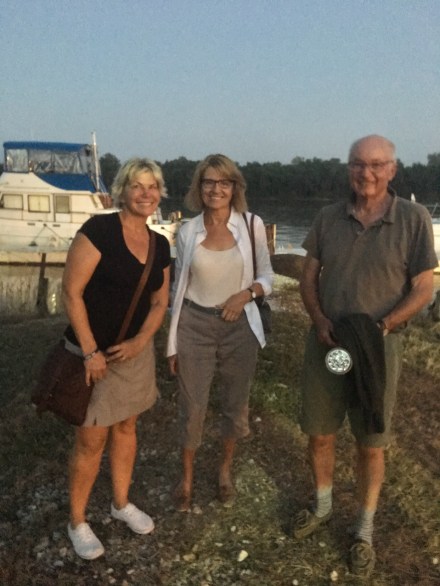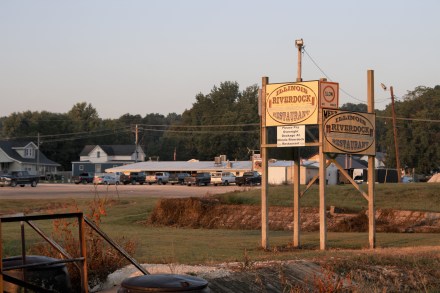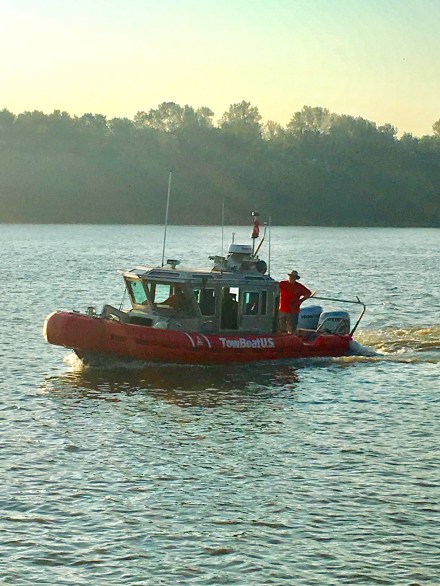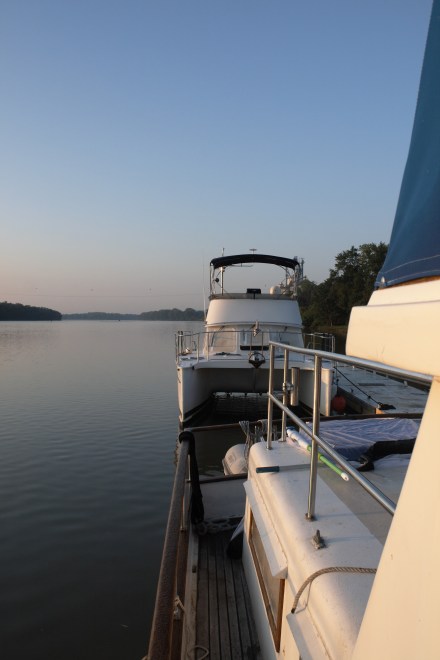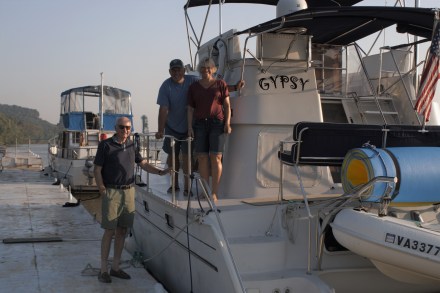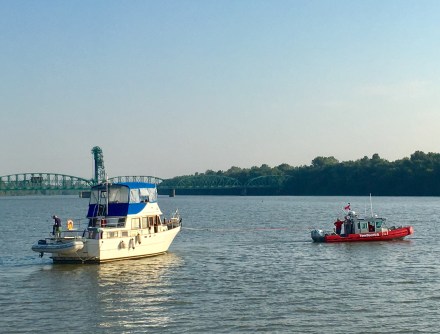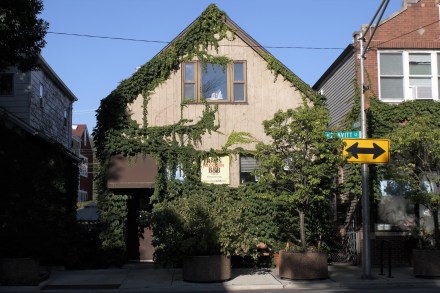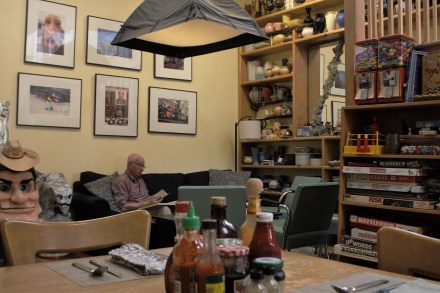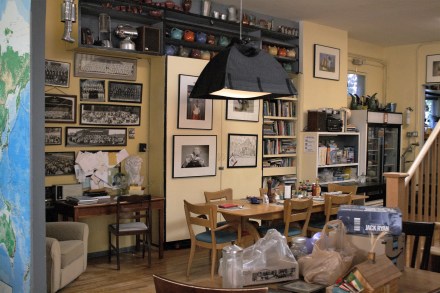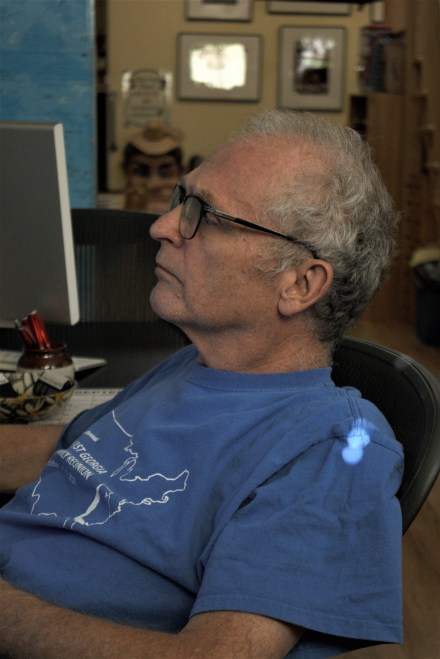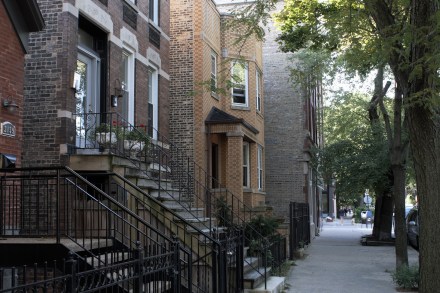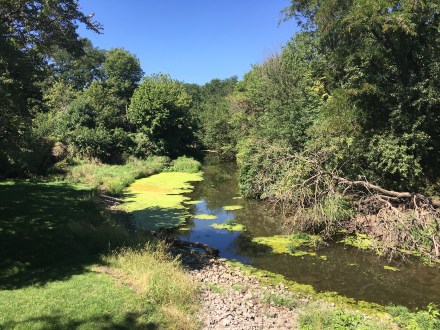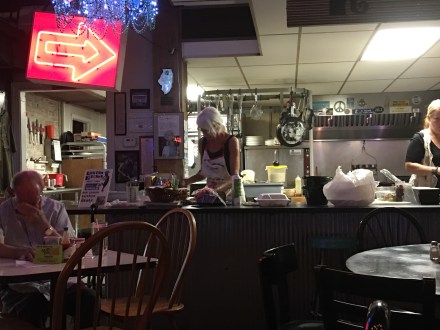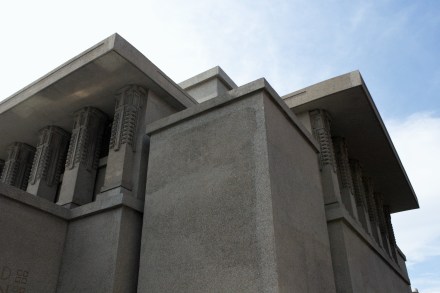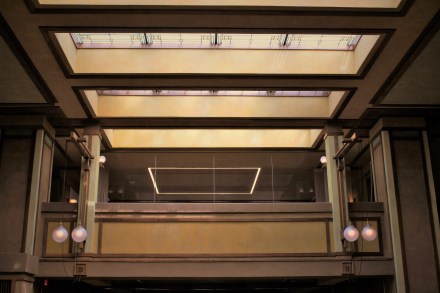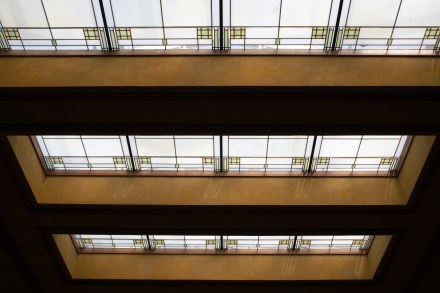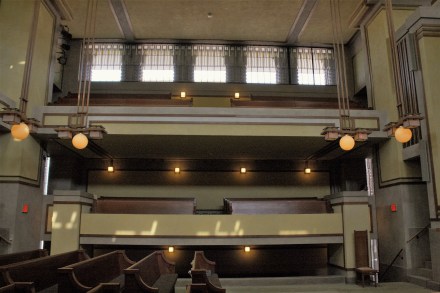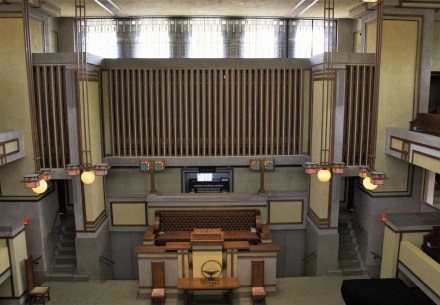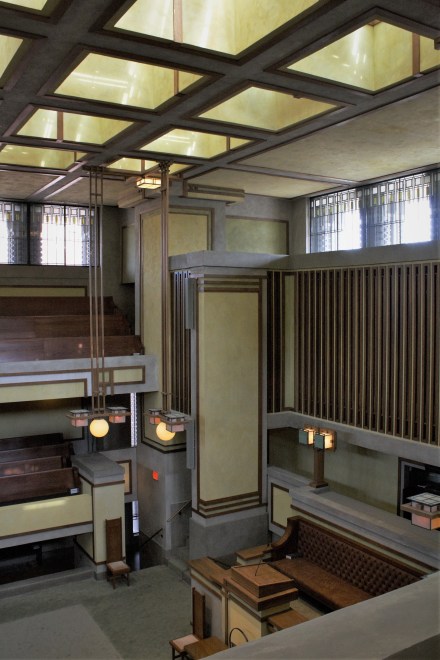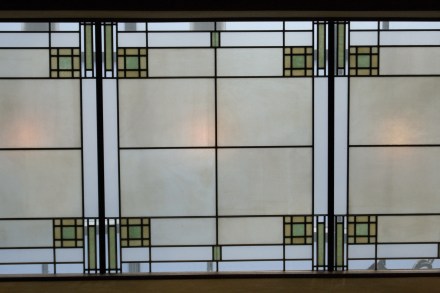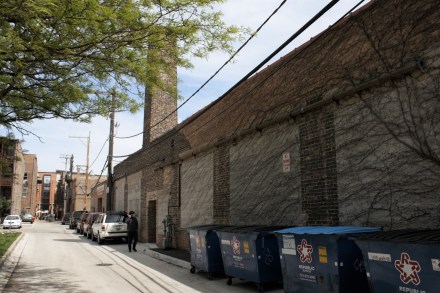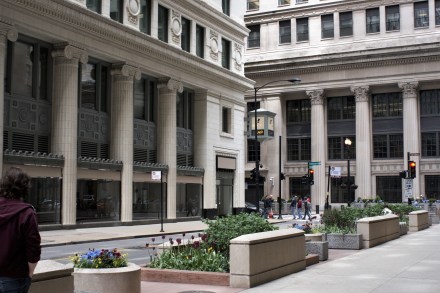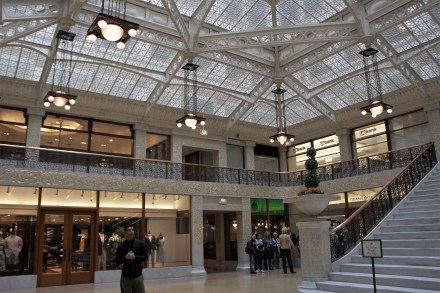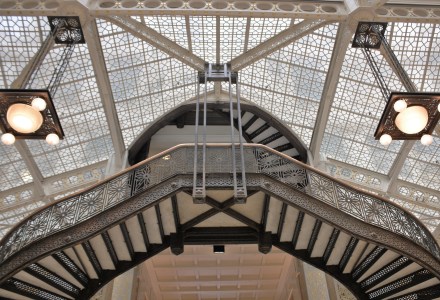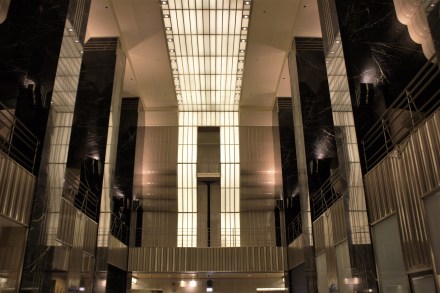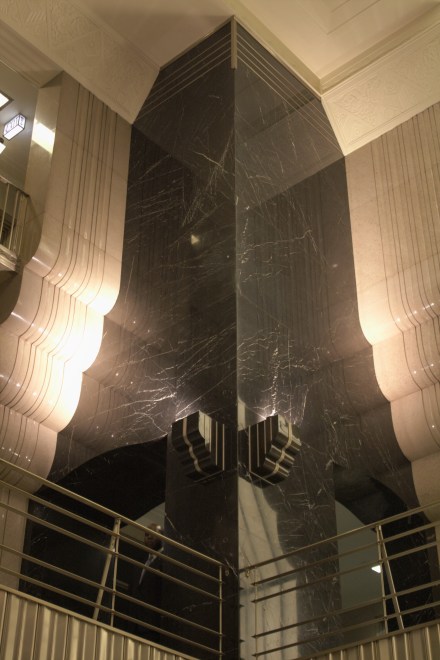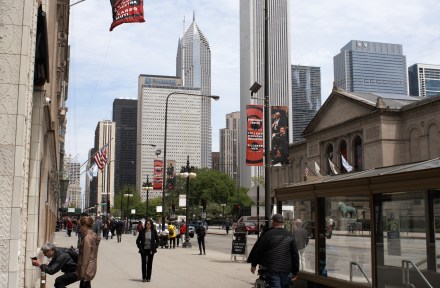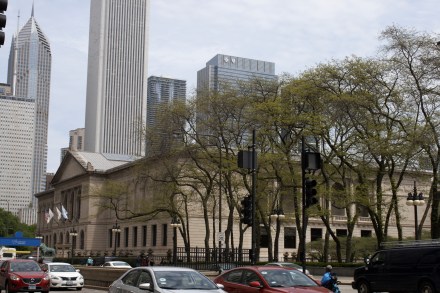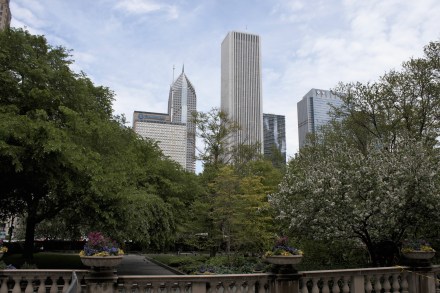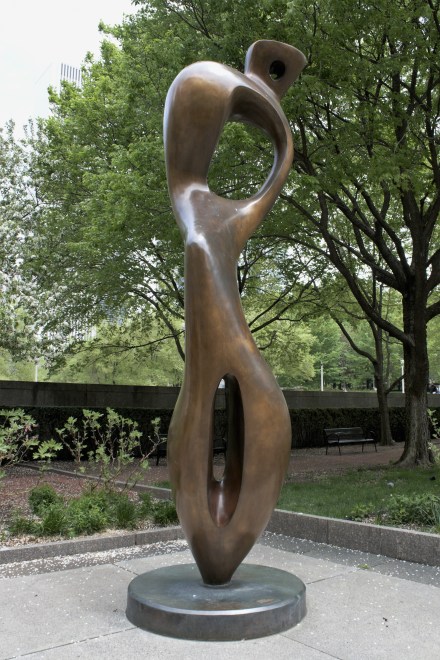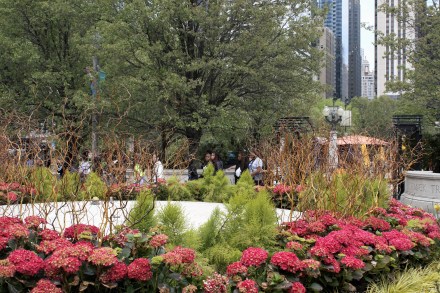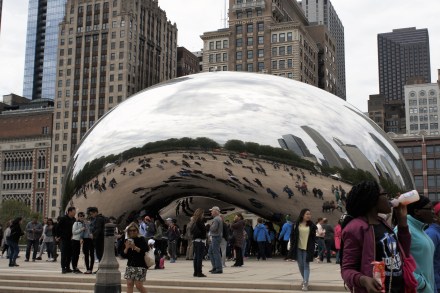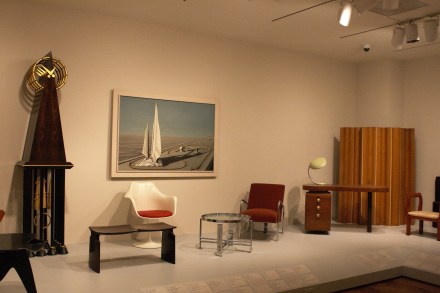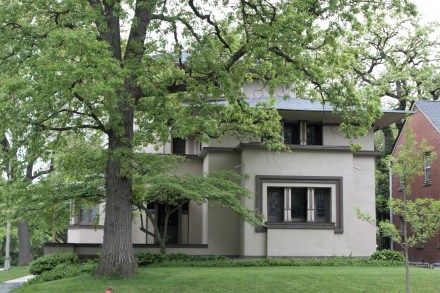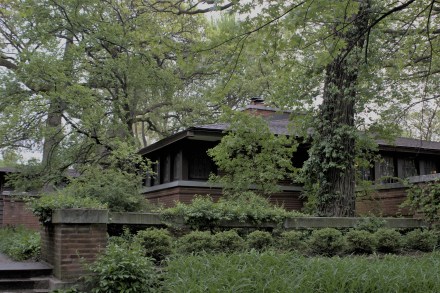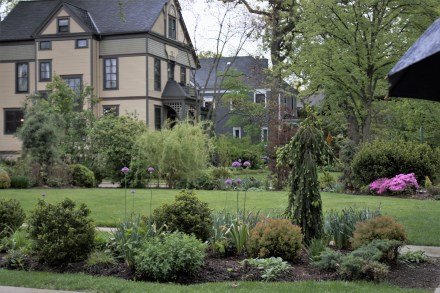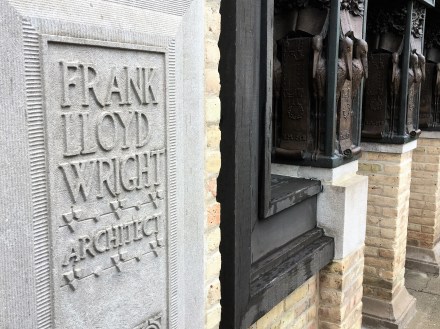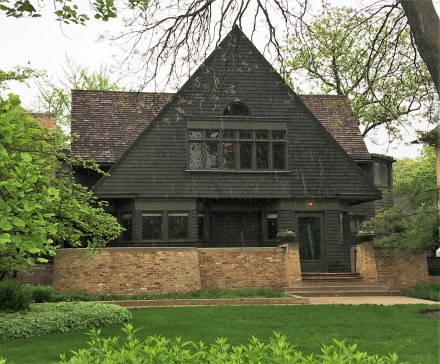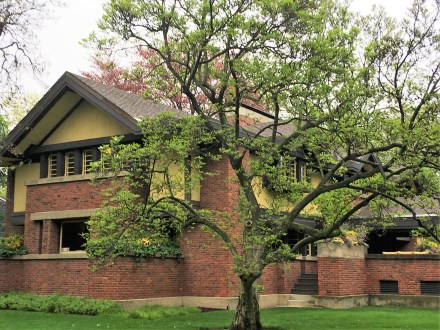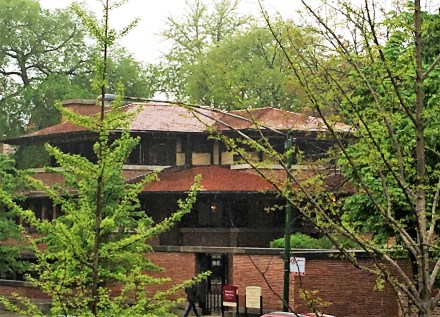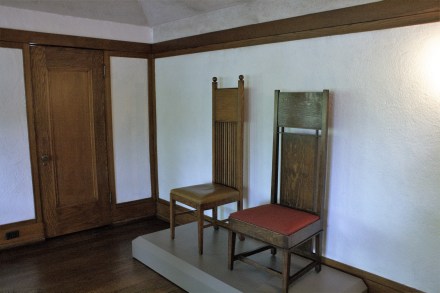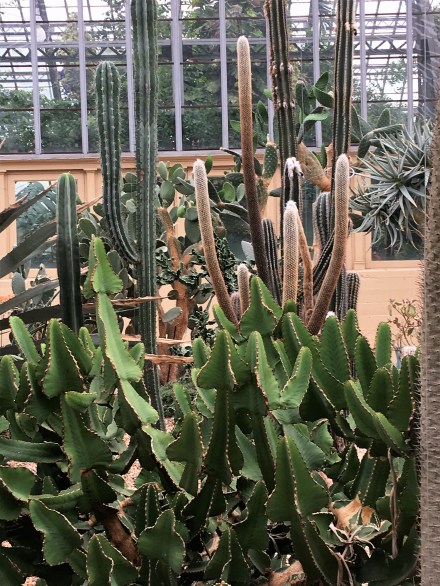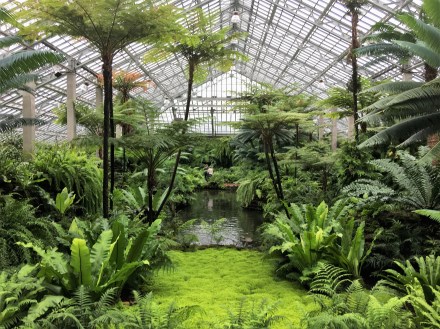We arrived in Demopolis after 3 days of more or less continuous rain, which was not really what we had envisaged when we were happily anticipating this trip.
Demopolis stands at the confluence of the Tombigbee and Black Warrior Rivers, and our plan was to travel a further 200 miles down the Black Warrior-Tombigbee Waterway to Mobile on the Gulf Coast, and leave Carina there for the winter.
There are no marinas between Demopolis and Mobile, and not many places, apart from Bobby’s Fish Shack, where you can anchor or tie up. It was going to take us four days to do the whole journey, so we needed two or three days to re-provision, get the laundry done and have a look round Demopolis.
On Saturday we got the bikes out for the first time on this trip. Since getting them in 2015, we’ve acquired some proper bikes at home, and in comparison our $130 folding jobs from Walmart seemed clunky and inefficient. But we needed the exercise after sitting on the flybridge all day for 3 days.
It’s not far to Demopolis downtown from Kingfisher Marina and we passed Bluff Hall, which dates back to 1832.
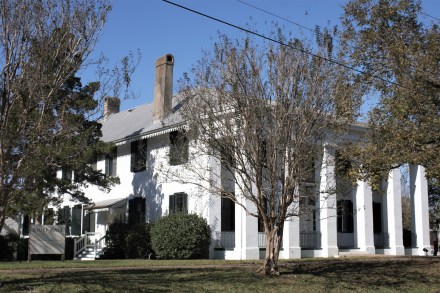
Bluff Hall
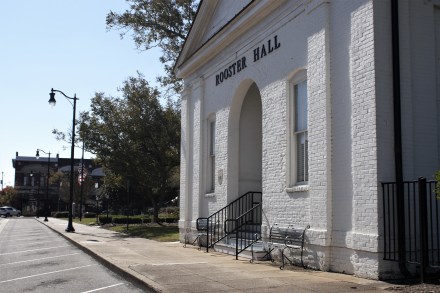
Rooster Hall
Rooster Hall is on Demopolis Public Square and was built in 1843 by the Presbyterians of Demopolis. After the Civil War, it became a courthouse. It then became an Opera House, sometimes featuring performers from New York or New Orleans. It has since been the city hall, a fire station, a meeting house and auditorium, voting station, and an office building.

Walnut Avenue, Demopolis
We stopped at the Mustard Seed Gift Shop, on the corner of the square, where Ian noticed that coffee was served. Coffee shops seem to be rather few and far between, and after 20 minutes’ cycling, we needed coffee.
We went on to Gaineswood, a plantation house on the south side of the town. It was designed and built by General Nathan Bryan Whitfield, using slave labour, with construction starting in 1843 and taking nearly 20 years to complete. It’s now operated by the Alabama Historical Commission as a historic house museum. Paige, the director, greeted us and was interested to hear we were from Northumberland. It transpired that General Whitfield was a third-generation immigrant, from the beautiful Whitfield estate in Northumberland, about 30 miles away from where we live. He wasn’t actually a general, but had inherited the title from his father. Paige told us that one of the general’s descendants had gone to Northumberland hoping to visit Whitfield Hall, and was disappointed to find that it is still a private residence and not open to the public. He was talking about this in the village pub and was overheard by the present owner, who gave him a conducted tour of the estate.
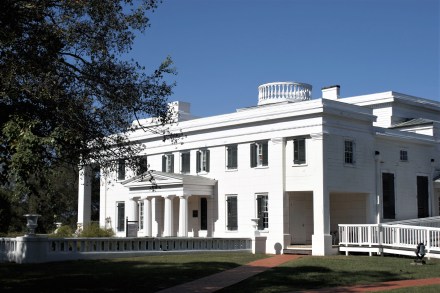
The back door, Gaineswood
General Whitfield appeared to be the sort of man who could turn his hand to anything, and he not only designed and made the silver epergne for his dining table, but made it specially high so that his guests could converse with each other across the table and still see each other easily. He then went on to make the special cabinet with the rounded front, on the left of the photo, to store the epergne in when it wasn’t in use.
He also made the pianola-type instrument on the left of the photo.
Sunday was fine too, so we took the bikes out again and rather overstretched ourselves with a 14-mile ride out to Foscue Creek Park and the Spillway at Demopolis Lock, on the Black Warrior River. It was particularly arduous for me, since after wondering for some time why I didn’t seem able to keep up with Ian, we realised that one of the brakes on my bike was locked on.
You know you’re in the southern States when you see the Spanish Moss hanging from the trees.
We knew the weather was going to change again and that the earliest we’d be able to leave Demopolis would be Thursday. We were in for 3 more days of rain and a spell of very cold weather, with temperatures barely above freezing. On Monday, heavy rain fell continuously. Anna-marie, the Dockmaster at Kingfisher Bay, asked us when we planned to leave and looked at us in a concerned way when we said Thursday. She said the river level was going to rise by 20’, and would carry on rising because of all the rain that was falling upriver. The river would be full of logs and debris. And if we got stuck, because a log had damaged the propellor, TowBoat US wouldn’t come out and rescue us until the river had returned to normal levels, because it would be too dangerous. And that could take days.
That did it, really. The prospect of inviting more damage to the boat, and more expense, and possibly being stranded in a dangerously flowing river was enough to stimulate some lateral thinking.
Kingfisher Marina has a sister establishment at Demopolis Yacht Basin. They are adjacent to each other on the river. Ian investigated the possibility of leaving Carina there for the winter. It turned out that we could have Carina hauled out, and stay on the boat while working on her, for what seemed like very reasonable charges compared with the marinas in Mobile.
Carina is an old boat, and if we’re being honest, she is really a fixer-upper. In the five years we’ve owned her, Ian has dutifully kept up with all the maintenance jobs on the engine, and the rest of the mechanics. But there’s lots about the fabric and fittings that could be improved. Our problem has been that we’ve never seemed to be anywhere where doing much fixing up seemed a possibility, and all our time has been spent either on the water, or exploring the surroundings.
Ian had long wanted to build a new door for the port side, ever since we had visited Jim Zevalkink in Michigan and seen his amazing workshop. The old door had obviously suffered from water getting in long ago, and was rotten and badly stained. Ian had variously patched it up but it looked a mess. So here in Demopolis Yacht Basin was a perfect opportunity and we had time to use it. But we still felt sad that boating was effectively over for this year. It felt as though we had hardly got going.
But our decision seemed vindicated on Tuesday, when an experienced boater addressed a gathering of Loopers in the marina lounge and said that the river was too dangerous, and that it would remain so for a week. It was also very cold. The temperature hardly rose above freezing, and the small fan heater which we have on the boat, which is great for taking the chill off the air when it’s a bit cold, was no match for the wintry conditions.
The marina had a courtesy car and the local shuttle bus would also come and pick people up at certain times. So we went out to the big local hardware store for materials and Ian ventured into a barber shop for a long overdue haircut.
On Thursday morning at 7.30, with frost on Carina’s railings. two lads came over from the Yacht Basin to help us get the boat taken out of the water. They were encased in thick padded body suits, wellingtons and balaclavas. We were rather less well protected from the cold, and I was glad that at the last minute before leaving home, I had packed some cashmere fingerless gloves and a fleece beanie. We crossed the river and Carina was carefully lifted out of the water in the big travel hoist. We were welcomed to the yacht basin by Kim and Trenella and plied with coffee and cookies in the office while we waited for Carina to be taken to her place on the hard standing.
We got a hire car the next day, which made life a little easier. We tried a couple of the local restaurants, Foscue House and the Red Barn, which were both good, and discovered Simply Delicious, a local bakery where we indulged ourselves with coffee and cinnamon rolls. They had managed to transform the interior of a modern, plain brick building in a shopping mall into somewhere with a downhome, country-style atmosphere.
We had a stroll along the Bigbee Bottom Trail, near Demopolis Lock.
The new door took a few days to complete, and wasn’t without setbacks. But it’s now in place and looks really good.
We’re leaving tomorrow for two nights in Natchez, the oldest town in Mississippi, and then on to New Orleans before flying home.
We’ll be back in the spring with the aim of crossing our wake in Clearwater, FL and acquiring the prized Gold Looper flag for Carina.
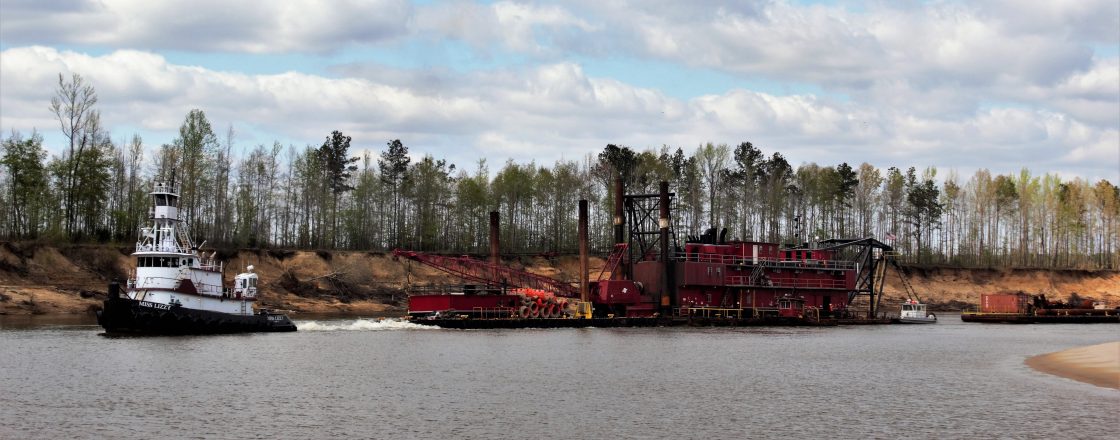
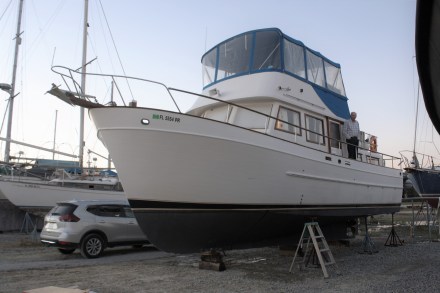
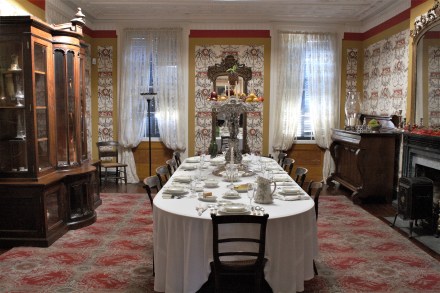
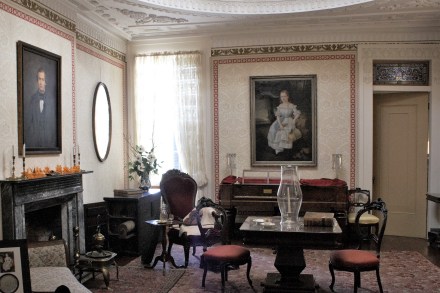
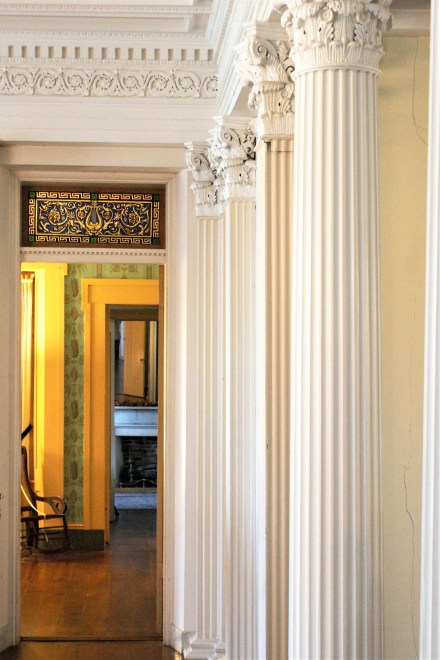

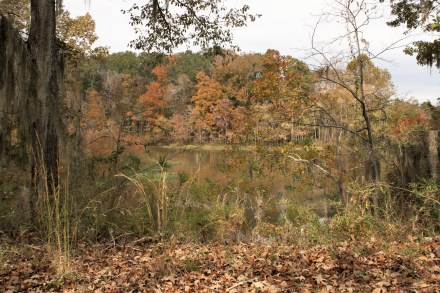





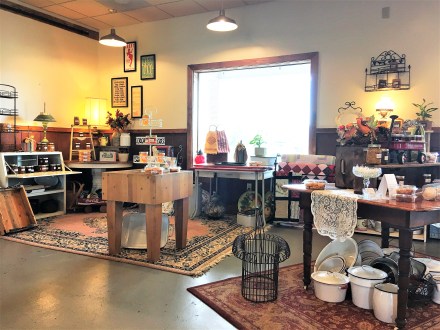
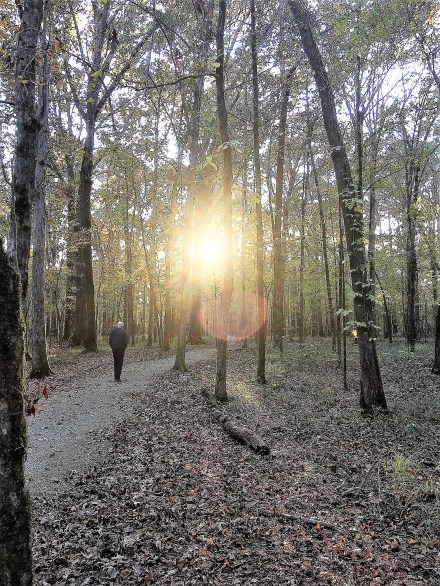

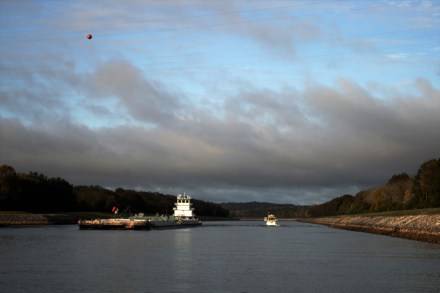
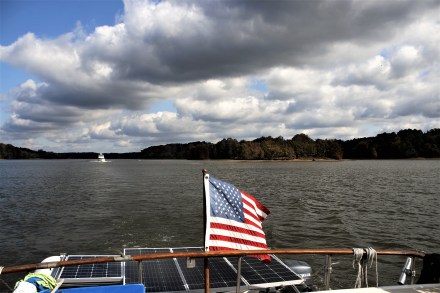
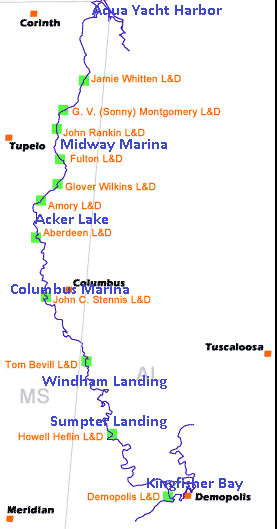




































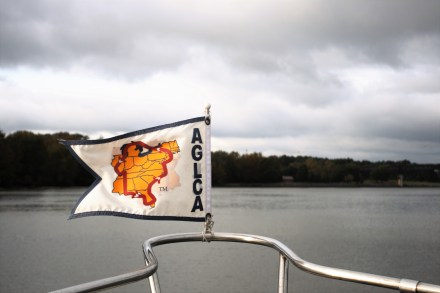
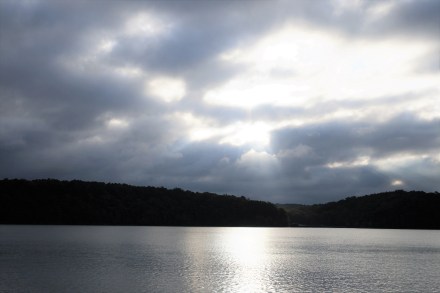
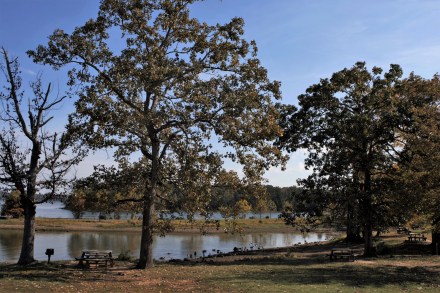
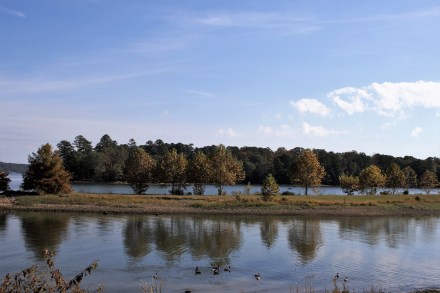


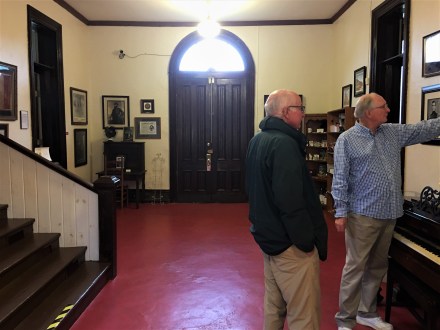

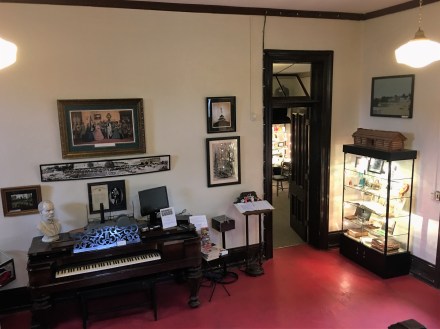
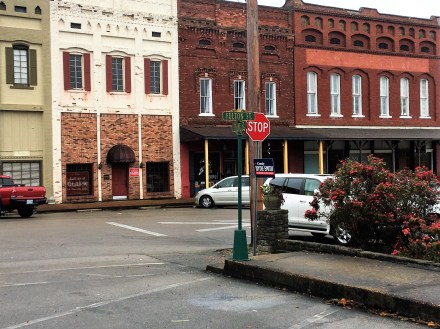


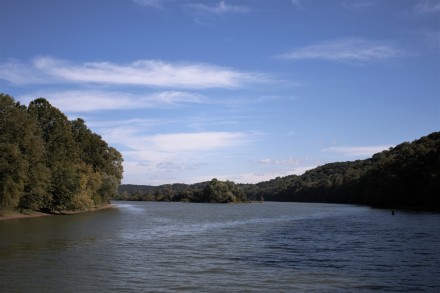

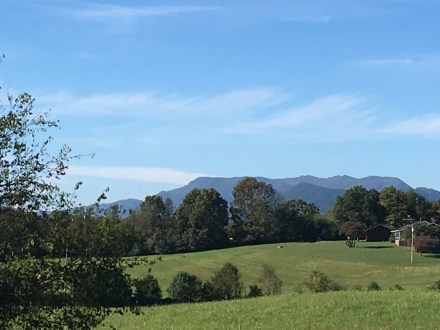
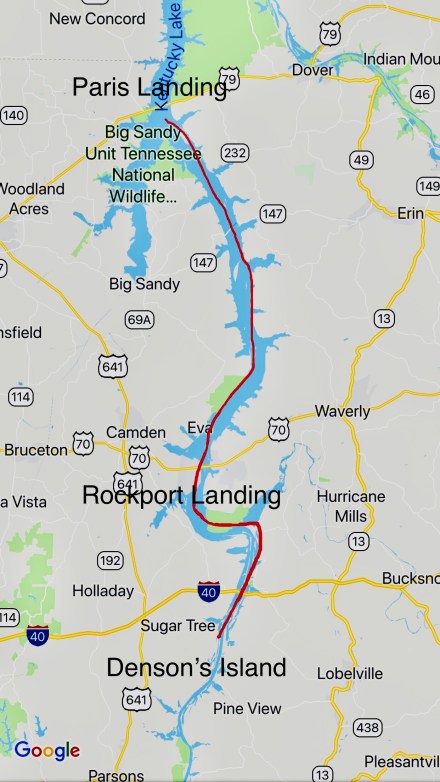




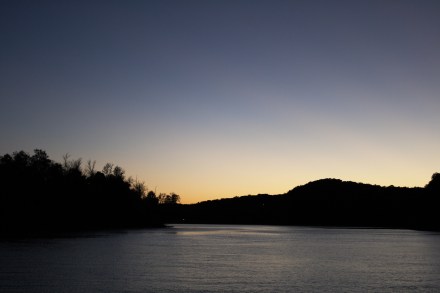
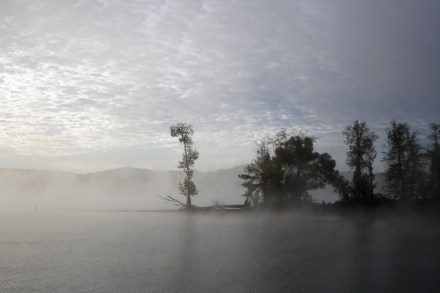

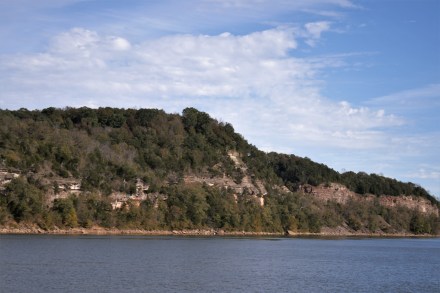
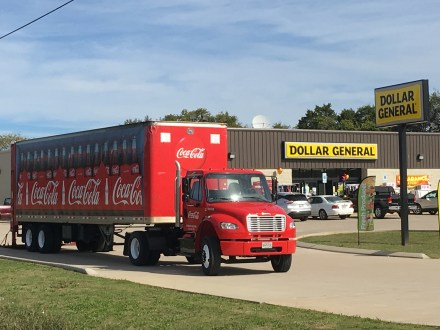
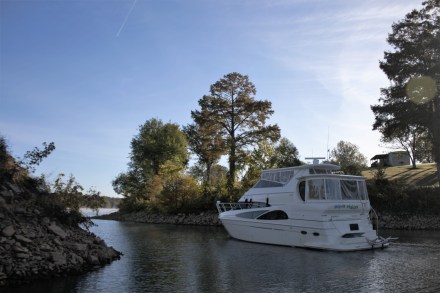
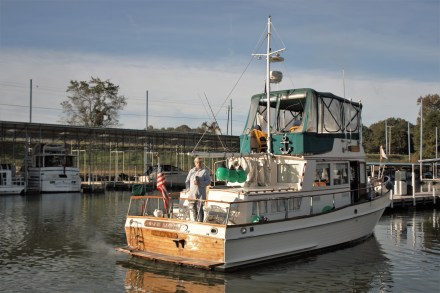
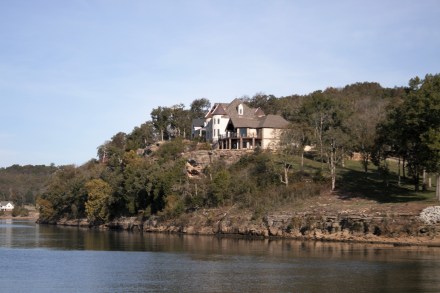

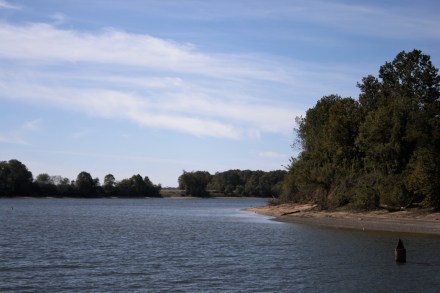



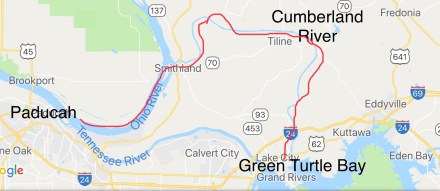
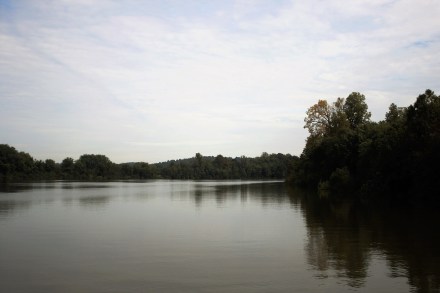


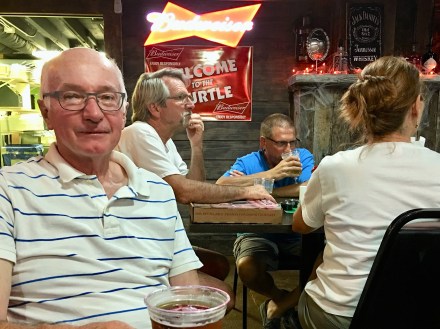
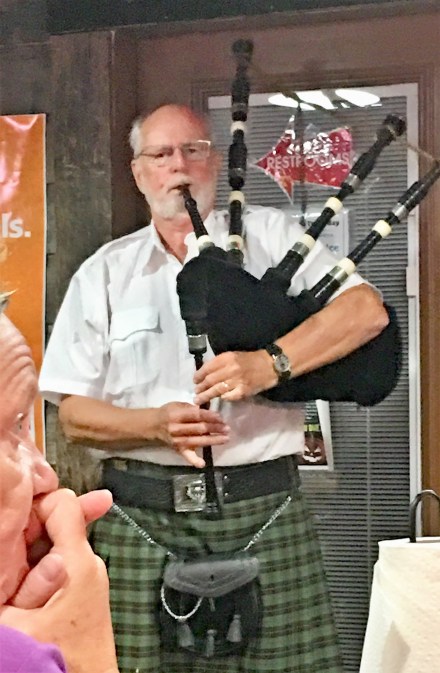

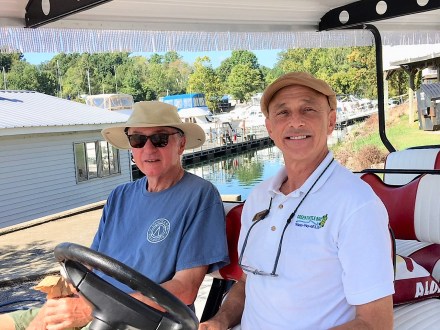




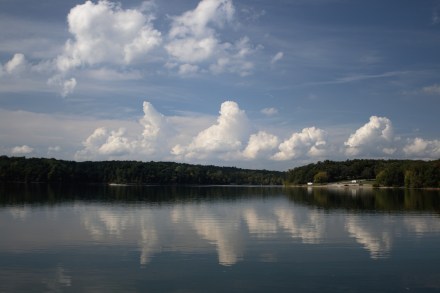

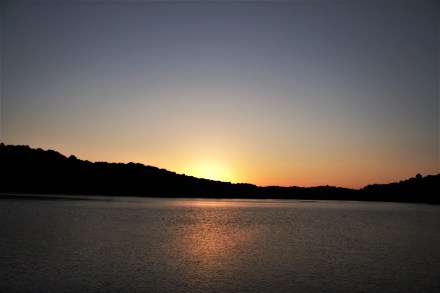

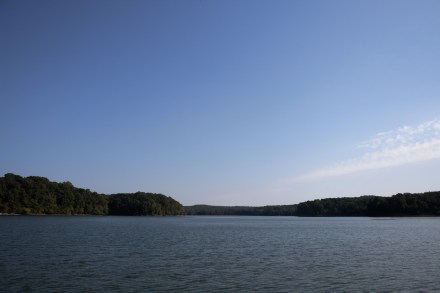



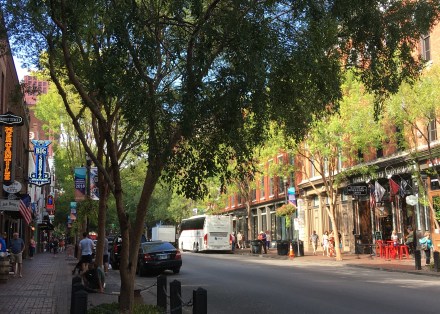
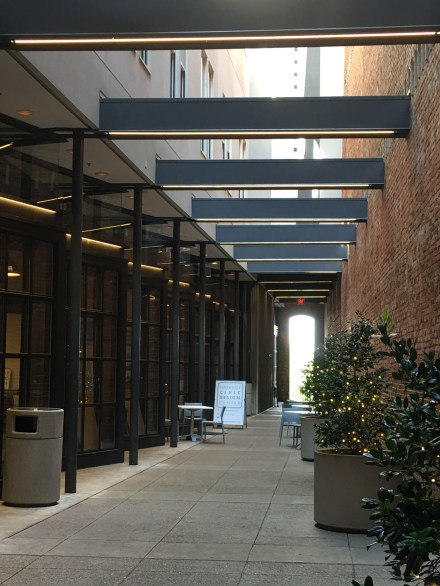

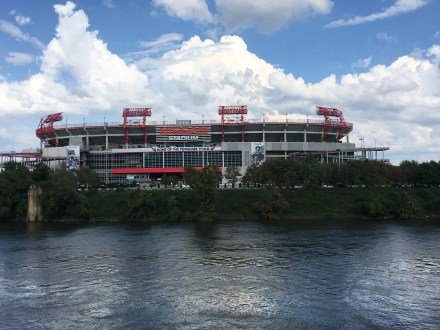
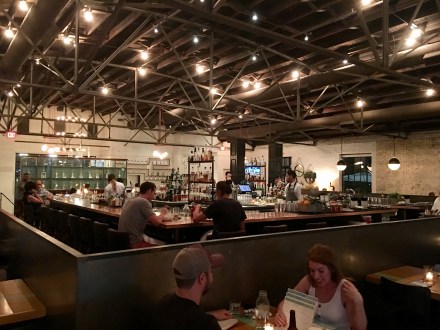
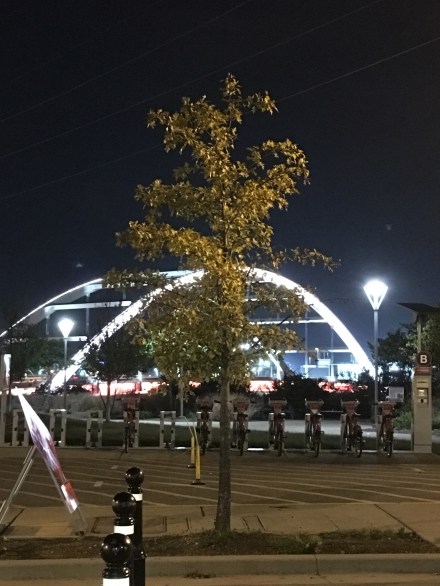
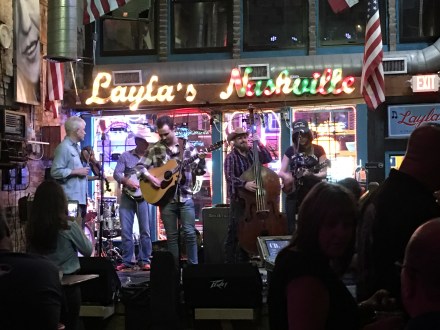

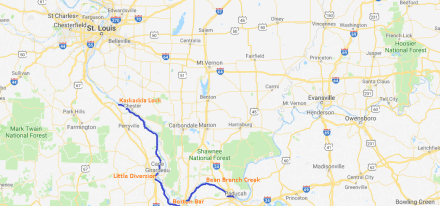

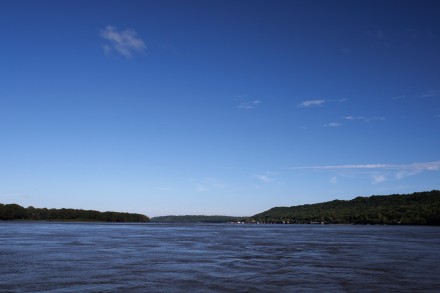
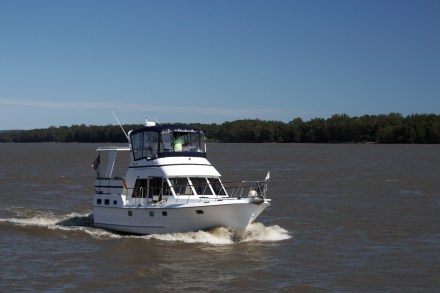

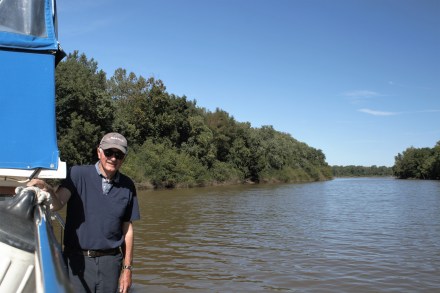
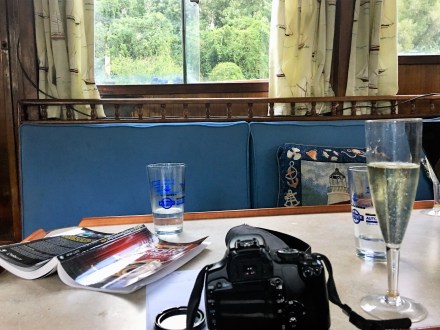


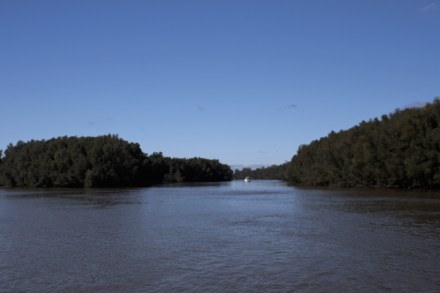
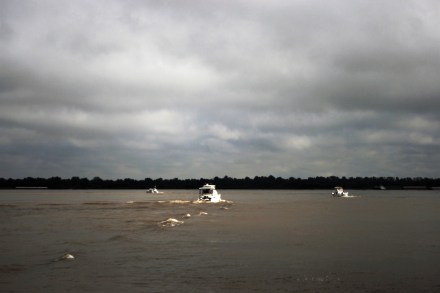


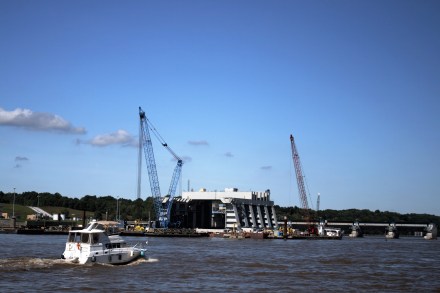

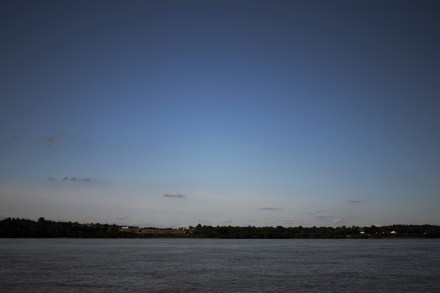
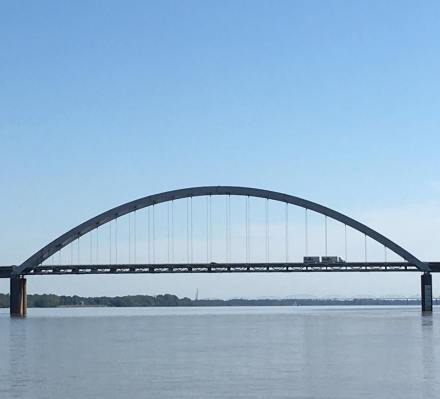

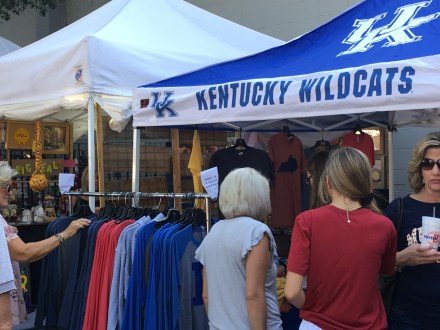


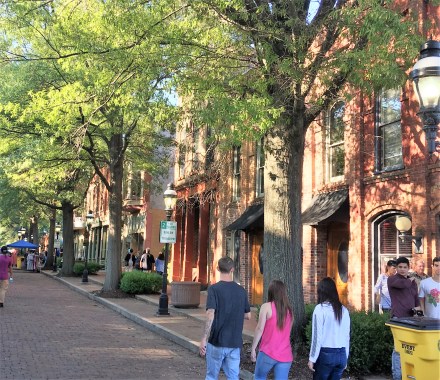


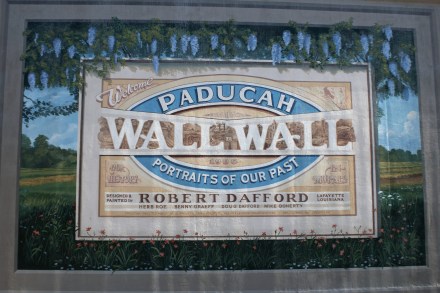
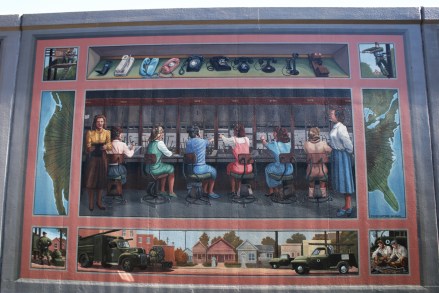




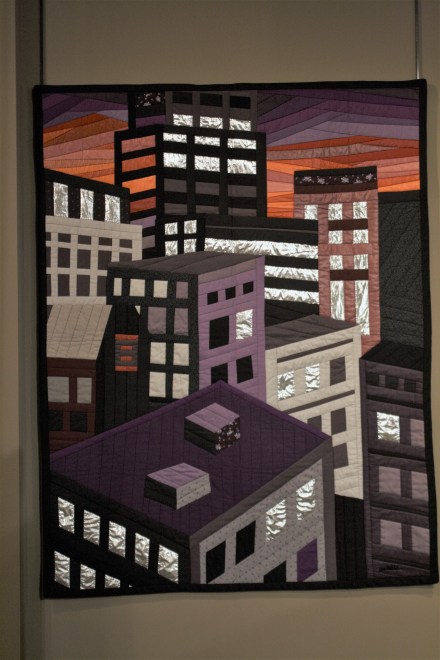
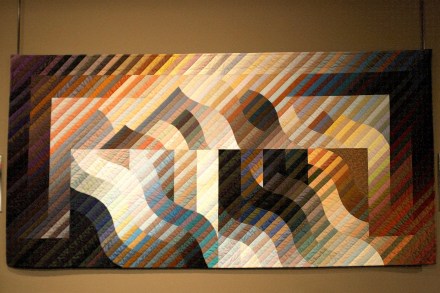




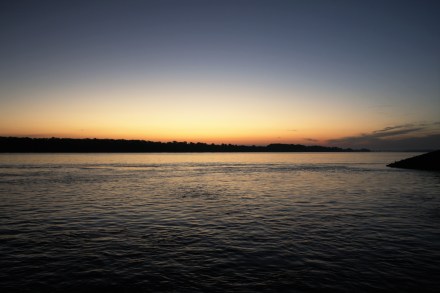



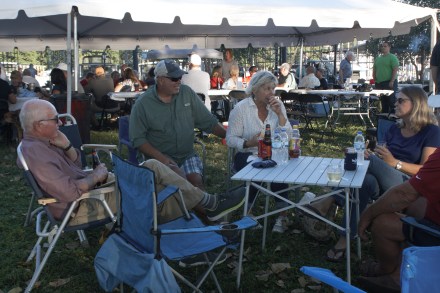


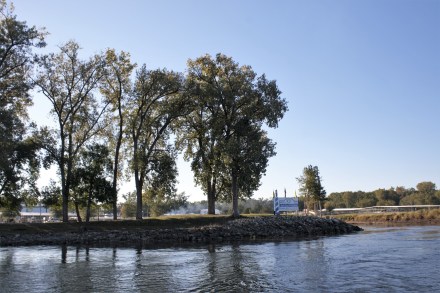
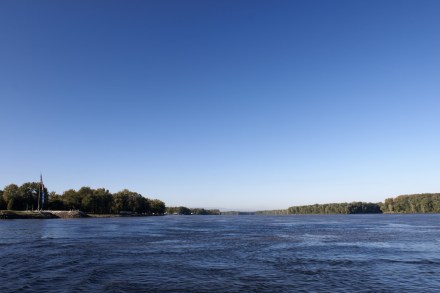


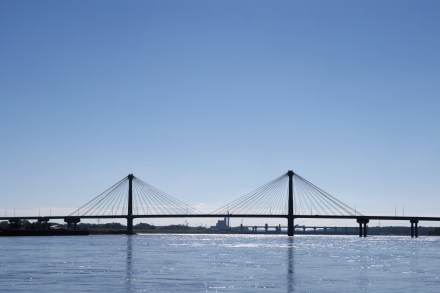
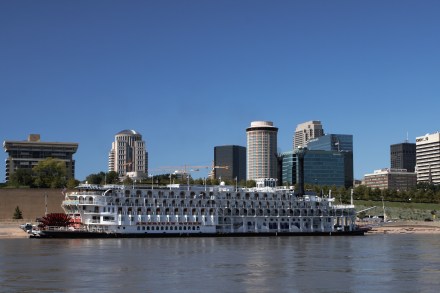
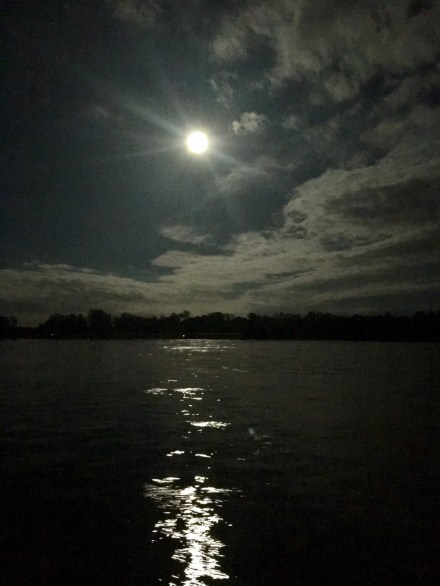




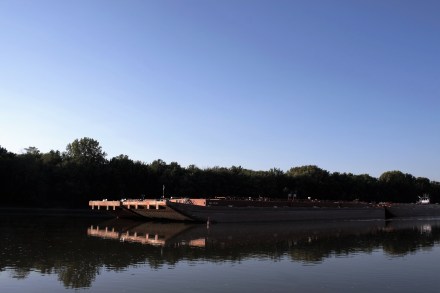
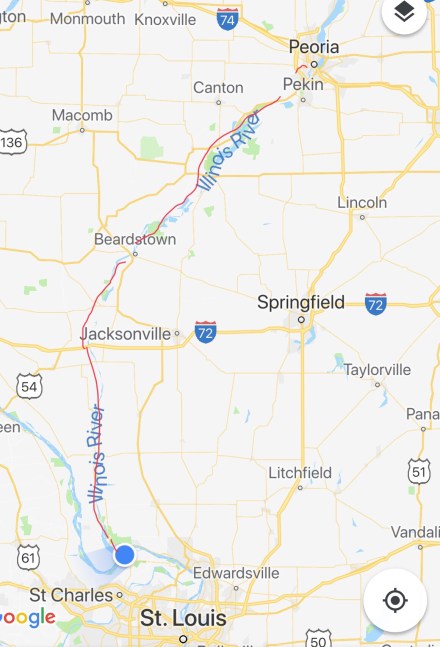

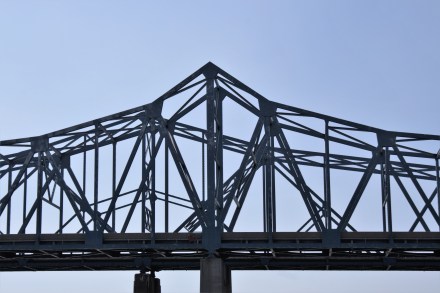
 The ‘tows’ which manoeuvre the barges through the rivers
The ‘tows’ which manoeuvre the barges through the rivers  Leaving Peoria Lock
Leaving Peoria Lock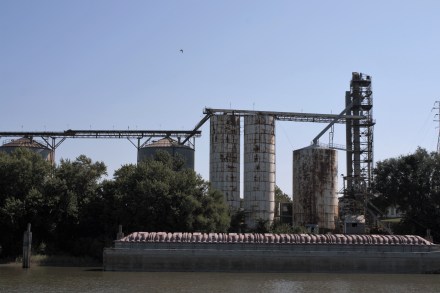
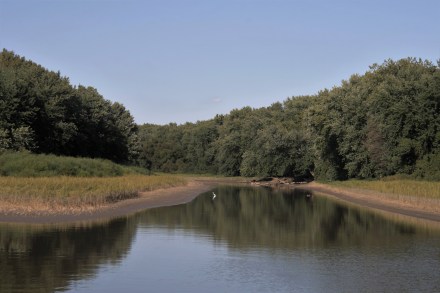
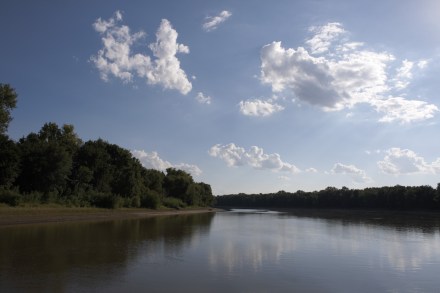 The anchorage at Duck Island, looking downstream
The anchorage at Duck Island, looking downstream Liverpool Levee
Liverpool Levee
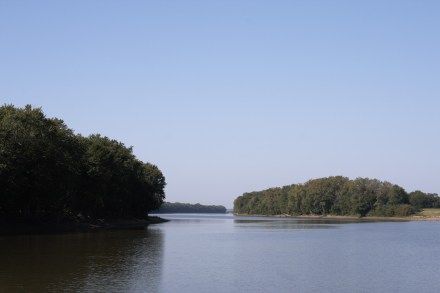
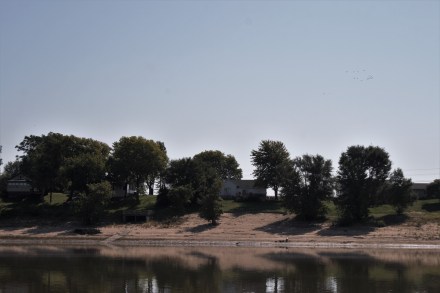
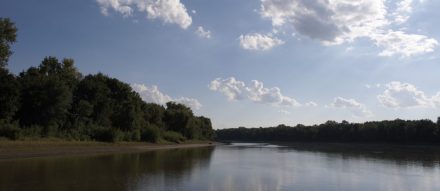
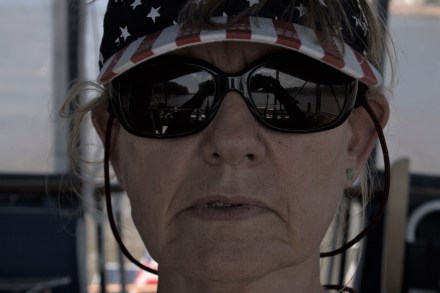 Time for a selfie
Time for a selfie